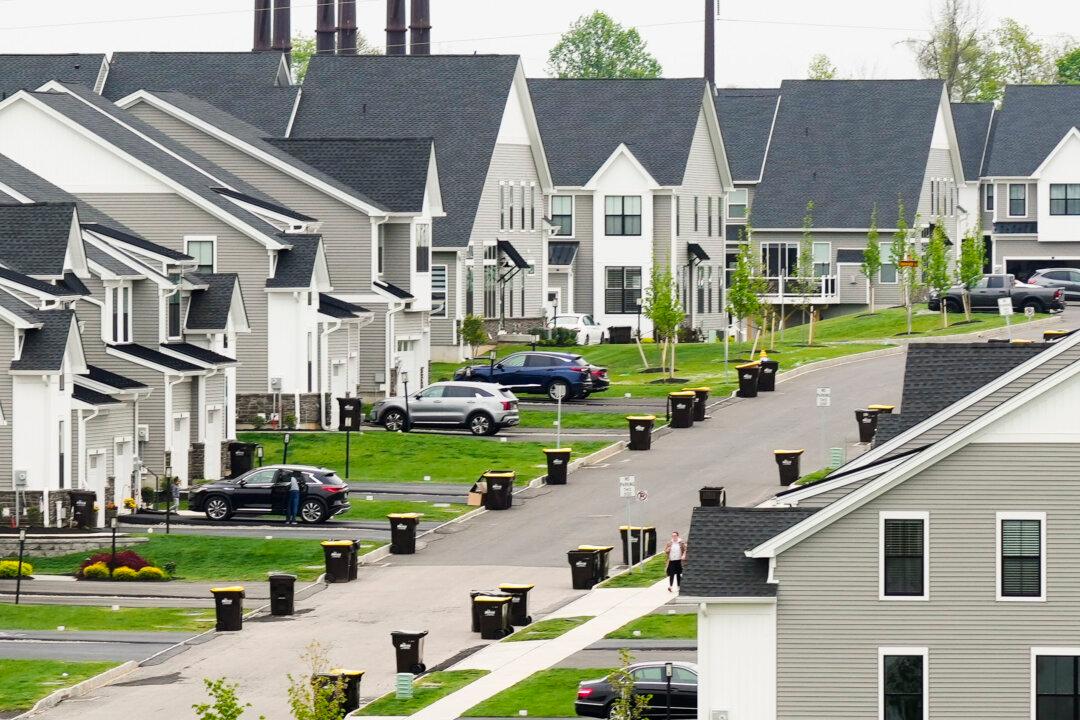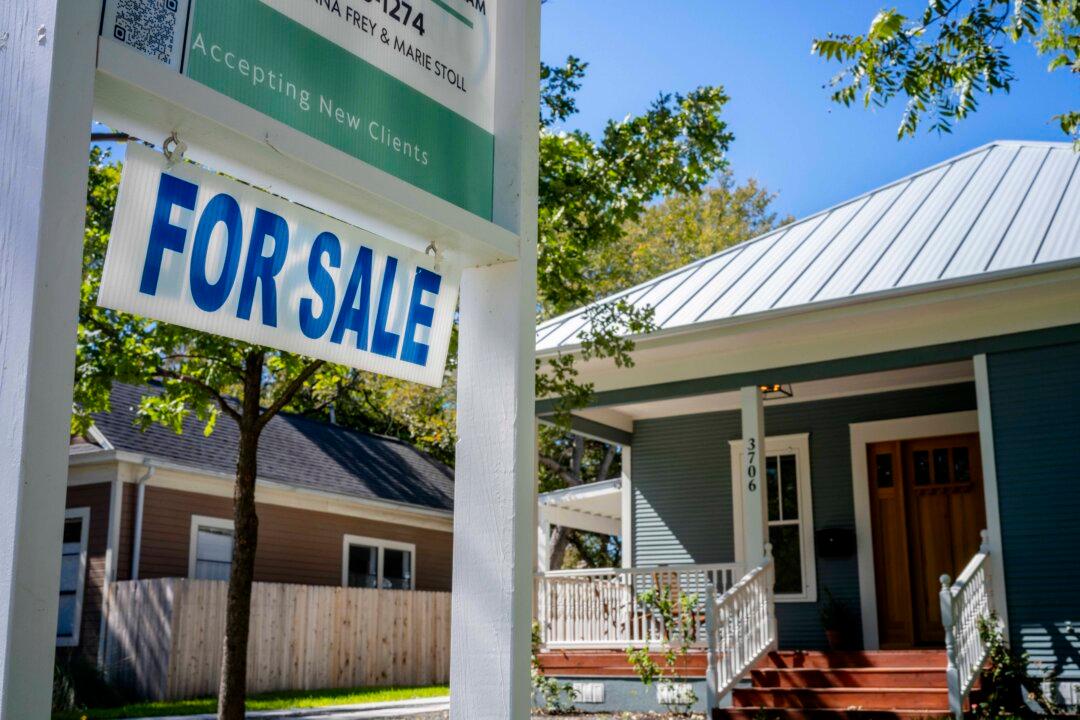Vermont, the sixth-smallest state in the nation, experienced the largest increase in mortgage debt at the end of 2024, with the average balance rising by 2.63 percent to $208,730.
“Vermont has a high median annual income, and a lot of people fleeing places like New York may be willing to take on a larger mortgage in exchange for a less stressful lifestyle,” WalletHub analyst Chip Lupo told The Epoch Times. “While the increase may not seem like a large number, no other state saw growth above 2 percent.”
In general, noted Lupo, Vermont residents tend to carry higher mortgage balances with the average monthly payment at $1,666.
Delaware ranked second for the highest increase in mortgage debt, with a 1.65 percent increase, bringing the average balance to $203,487. Homeowners there typically spend $1,611 per month on mortgage costs. However, Delaware’s personal loan debt saw an 8 percent decrease during the past year, which may help homeowners better manage their debt.
Massachusetts followed in third place with a 0.97 percent rise in mortgage debt and an average mortgage balance of $302,242. Residents there pay an average of $2,380 per month toward their mortgage.
Minnesota and Hawaii rounded out the top five states with the highest mortgage debt increases. The report found that only these five states had average mortgage balances above $300,000.
“Conventional purchase application volume increased 13 percent and was up 9 percent from year-ago levels, a surprisingly strong move given lingering economic uncertainty,” Mike Fratantoni, senior vice president and chief economist at MBA, said in a statement. “Borrowers of conventional loans tend to have larger loan sizes and more apt to be move-up buyers.”
The MBA reported that the current 30-year fixed rate is holding around 6.84 percent but forecast that the rate could rise to 7 percent before dropping to 6.7 percent by the end of this year, and 6.4 percent by the end of 2026.
Lupo noted that the WalletHub report is designed to help potential homeowners seek out the most economically friendly areas for their budgets.
“In addition to the price of the home, they should also consider property taxes, home insurance, closing costs, and any other upfront costs like major repairs needed,” he said.
“But even if the mortgage may be affordable, they should do a thorough review of the area to be sure it’s in a place where they want to be spending the next few years.”
Those states experiencing the smallest mortgage debt increases over the last year were Kansas, West Virginia, Nebraska, South Dakota, and Montana.
Offering tips for paying off mortgage debt, Lupo suggests that homeowners consider making additional payments toward the mortgage whenever possible and allocating those funds toward the principal payment.
Switching to bi-weekly instead of monthly payments can also help, Lupo said.
“This results in 26 half-payments, or 13 full payments per year instead of 12 and over time this can shave years off your mortgage term,” he said.
Applying unexpected monies such as tax refunds, bonuses, or inheritances to mortgage payments will also help reduce the outstanding balances, and tightening your monthly budget is yet another way to add a few more dollars towards the balance, Lupo said.







